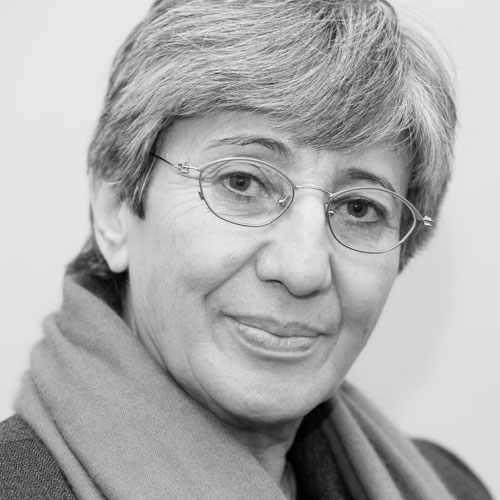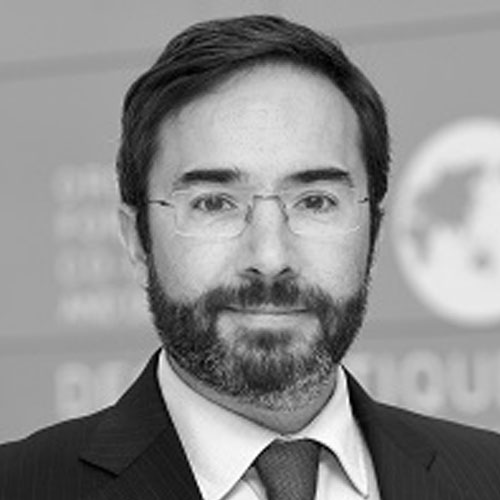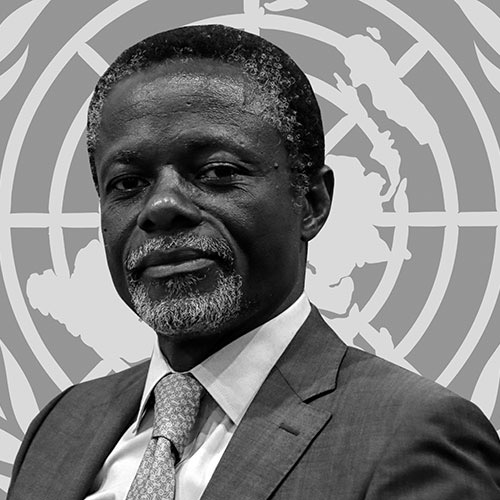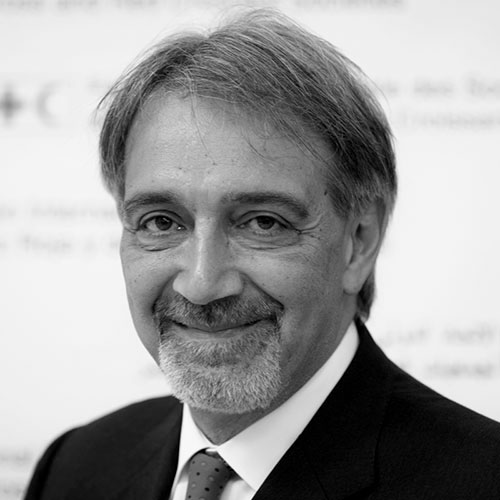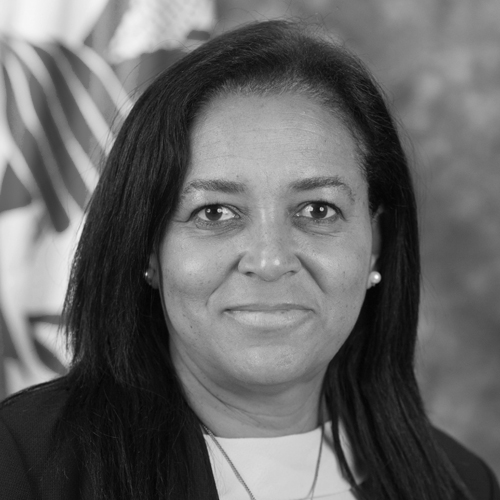As the Covid-19 pandemic remains a public health threat in countries around the world, those living in conflict zones and politically unstable environments from Syria and Yemen to Gaza and Lebanon, continue to be among the most vulnerable. While wars may be less frequent than in the past, political and economic instability, failed states and other emerging challenges have exposed the vulnerabilities of those living in these difficult situations. With multilateral institutions under increasing pressure, the plight of the most at risk is in danger of being further exacerbated, increasingly their vulnerability to Covid-19 and other public health risks.
In this context, finding sustainable solutions to address the challenges facing the most vulnerable has become more urgent than ever. Who exactly are we talking about when we speak of the most vulnerable communities? How might the situation of stateless and persecuted peoples be affected given the constraints placed on the work of international humanitarian organisations in times of global crisis, such as the ongoing pandemic?
This session will explore the challenges being faced by already vulnerable populations with regards to both the direct and indirect impact of the Covid-19 pandemic and how humanitarian actors, including multilateral international institutions and NGOs, have had to adjust their strategies and action plans accordingly.
Discussion Themes
This session intends to discuss the following:
• What are the main challenges facing already vulnerable populations in the context of the ongoing pandemic?
• What are the main challenges faced by the humanitarian sector in responding to the needs of the most vulnerable in times of global crisis?
• What kind of unique challenges are presented by a public health crisis such as a pandemic?
• What are the unique risks facing populations living in conflict situations, particular in those with weakened public services and badly damaged infrastructure?
• How have multilateral approaches to humanitarian issues been impacted by the pandemic? What might the future of multilateral approaches to humanitarian issues look like post- pandemic?
